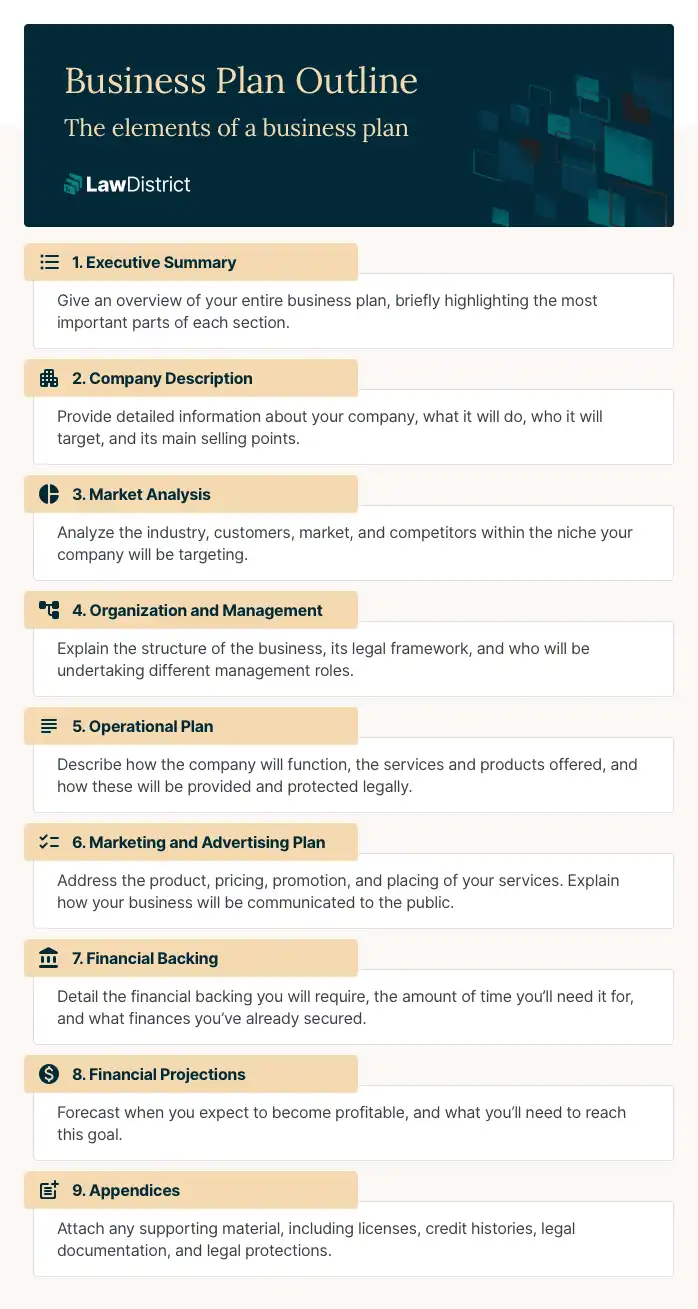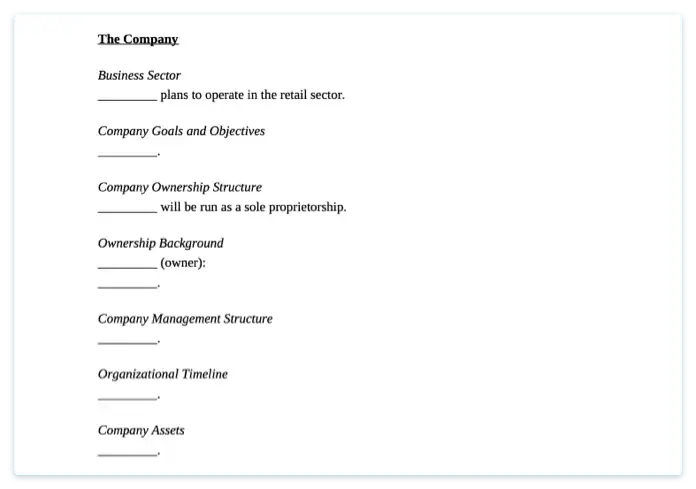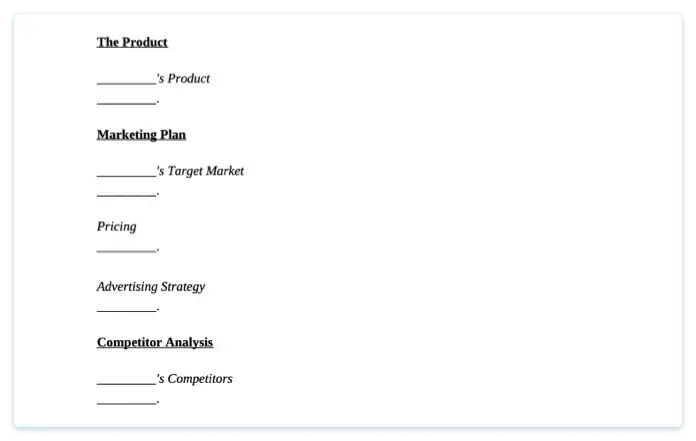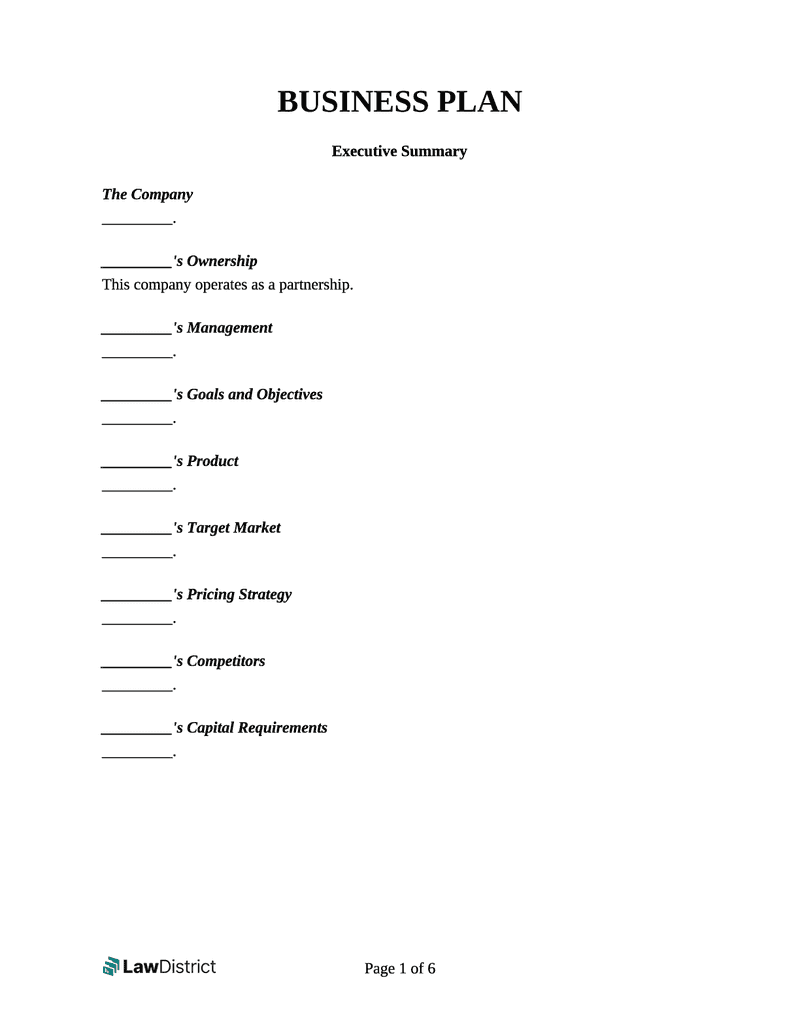When you set out the plans for your business, another crucial consideration is the way you present the information.
There are a couple of ways to prepare your plan with this in mind.
The first option is to use a traditional business plan. This comprises a written document containing information about the goals, structure, and potential market sector of your company.
A conventional business plan is what most financial entities expect from entrepreneurs when applying for loans. This is because it is a more comprehensive document that covers your prospective venture in depth.
However, another option is to use a business model canvas (BMC). This is an example of a lean business plan and presents the same information in a much more concise, visual format on a single page.
This can be advantageous when trying to summarize the nature of your business quickly and easily. It can also prove useful if you’re seeking to create interest with potential investors or stakeholders before presenting them with a more detailed proposal.
|
Key Facts
|
Business Plan
|
Business Model Canvas
|
|
Level of Detail
|
In-depth information
|
Quick summary
|
|
Length
|
Multiple pages
|
Single Page
|
|
Appearance
|
Formal written document
|
Visual template
|
|
Best For
|
Securing financial backing
|
Creating interest amongst external stakeholders
|




